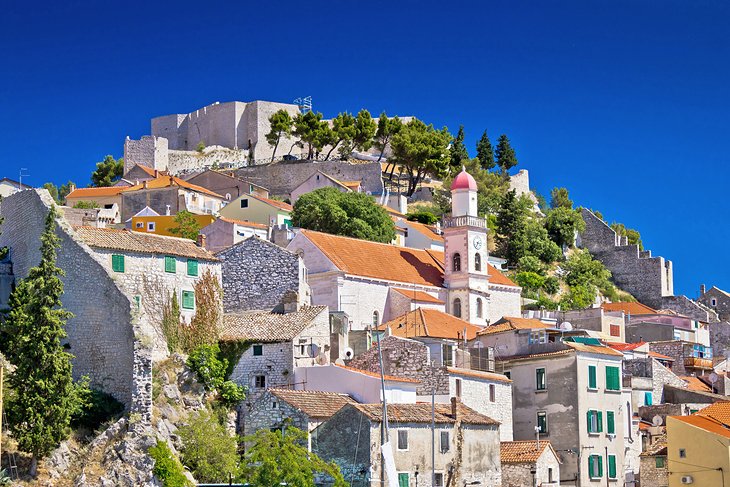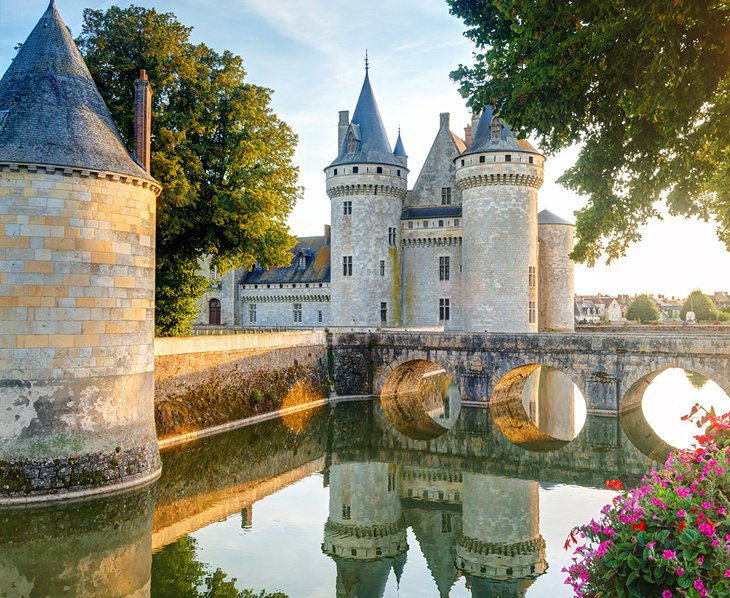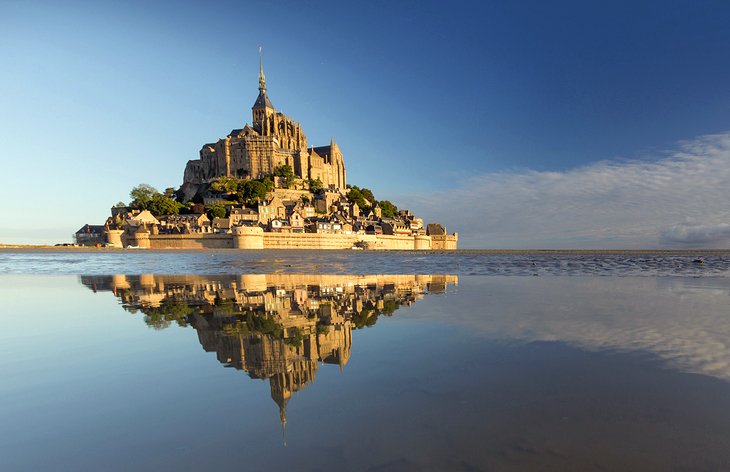Sibenik

The historic town of Šibenik, formerly known as Sebenico (Italian: [sebeˈniʐko]), is situated in central Dalmatia, where the Adriatic Sea is reached by the Krka River. The capital and cultural, educational, administrative, and economic hub of Šibenik-Knin County, Šibenik is the third-largest town in the Dalmatian area and one of the oldest Croatian self-governing cities on the Adriatic. There are 31,115 people living in the town and 42,599 in the municipality as of 2021.The Šibenik Diocese serves as the seat.It is also known as Krešimir's Town since it was first recorded in a grant made by Peter Krešimir IV on Christmas in 1066. Prior to the 17th-century plague outbreak, it was the biggest city on the Adriatic's entire eastern coast. During December 1944 to May 1945, Šibenik served as Croatia's de facto capital. The Croatian Navy was founded there, which makes it noteworthy as well.The most notable architectural accomplishment of the 15th and 16th centuries in Croatia is the Cathedral of St. James. It was added to the UNESCO World Cultural Heritage List in 2000, along with the Fortress of St. Nicholas, because of its outstanding qualities.
The climate in Šibenik is Mediterranean (Csa), with hot, dry summers and moderate, humid winters. The coldest months are January and February, while the hottest months are July and August. The highest temperature in July is often around 30 °C (86 °F). "Csa" (Mediterranean Climate) is the Köppen Climate Classification subtype for this climate.
At an elevation of 77 meters (253 feet), the local weather station recorded its highest temperature since 1949 on August 10, 2017, which was 39.4 °C (102.9 °F).On February 10, 1956, the lowest recorded temperature was -11.0 °C (12.2 °F).
In 1922, Jakov Gotovac, a composer, established the "Philharmonia Society" in the city. Franz von Suppé, a composer from the 19th century who was born in nearby Split, was a part of the city's cultural fabric.
The city hosts several concerts and events every summer, many of them are held in the St. Michael Fortress. Additionally, an annual music, art, health, and workshop festival has been hosted on the nearby island of Obonjan since 2016. The island is located 6 kilometers (3.7 miles) southwest of the city.Every summer, the Šibenik International Children's Festival (Međunarodni Dječji Festival) is held, with plays, workshops, and other events for kids. The Terraneo music festival, which took place annually in August on a former military site in Šibenik from 2011 to 2013, has been replaced spiritually by the Super Uho festival in Šibenik and other neighboring cities since 2014. The Dalmatian Chanson Evenings festival (Večeri Dalmatinske Šansone) takes place in Šibenik during the second half of August.Tourists visiting Croatia can find lots to enjoy in the charming Dalmatian city of Sibenik, which boasts a rich history dating back to the 11th century. There are plenty of fantastic things to do here, even though it's not usually as crowded as other well-known locations in this stunning nation.
Explore the Old Town center, which has been meticulously restored. There are many worthwhile activities here, as well as stunning architecture from the 15th and 16th centuries. See the Cathedral of St. James (Katedrala Sv Jakova), one of Croatia's best churches and a UNESCO World Heritage Site, which dates back to the 15th century.The ruins of St. John's Fortress, which is situated atop a hill with a commanding view of the town and the Adriatic, and St. Michael's Fortress, which is similarly significant and well-known for the traditional cultural performances it hosts on its charming outdoor stage, are both worth seeing.
Sibenik is well known for its picturesque beaches, quaint ancient town, and breathtaking natural surroundings. Visitors come to this magnificent town for its historical sites, cuisine, beaches, and excellent museums and activities. It is also well-known for its shopping, resorts, and exciting nightlife. The Cathedral of St. James, a UNESCO World Heritage monument, is the town's main attraction. You should have no trouble finding direct busses to Sibenik if you're coming from somewhere else in Croatia. Otherwise, go to Split or Zadar first, and then continue on to another bus.
By Admin
20 May 2025
.jpeg)
.jpeg)
.jpeg)


